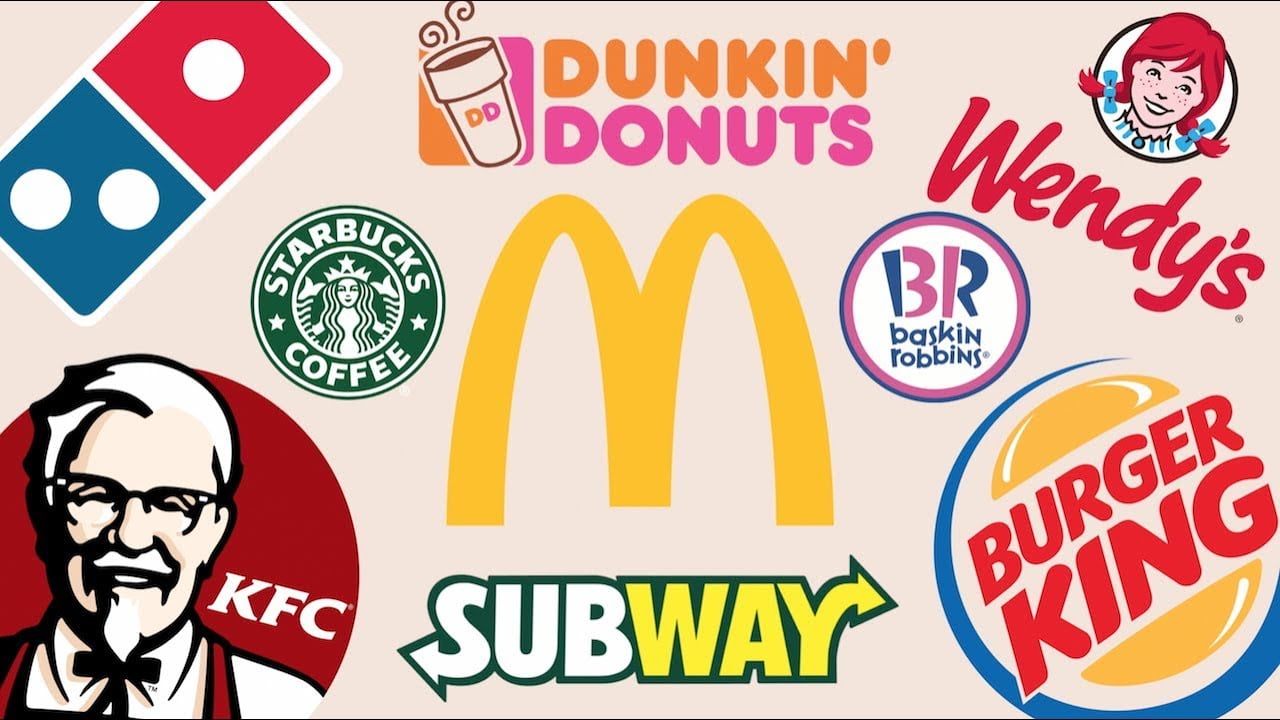Today, almost half (44%) of the world’s habitable land is used for agriculture. In the past few decades, the crop yield has also significantly increased due to various factors like improved farming techniques and better seeds. While there is abundance of food production to feed everyone, the problem of food insecurity still persists. Figures estimate that access to healthy food is unaffordable for almost 3.1 billion people worldwide. UN’s FAO defines food insecurity as a situation where “a person is considered food insecure when they lack regular access to enough safe and nutritious food for normal growth and development and an active and healthy life”. The fast-food chains that offer cheap, convenient, calorie-dense meals are one of the key contributors to the food insecurity problem across the globe.
Tag: Health
Disease X: Is the World Ready to Face Another Pandemic Caused by an Unknown Pathogen?
The concept of Disease X was introduced by the World Health Organization in 2018 as a potential novel infectious agent with pandemic potential. The designation aims to prioritize preparedness, with COVID-19 being considered a recent example of Disease X. The distinction between biodisasters and intentional bioterrorism becomes crucial in understanding and preparing for such risks, emphasising the need for global cooperation and investment in pandemic preparedness.

